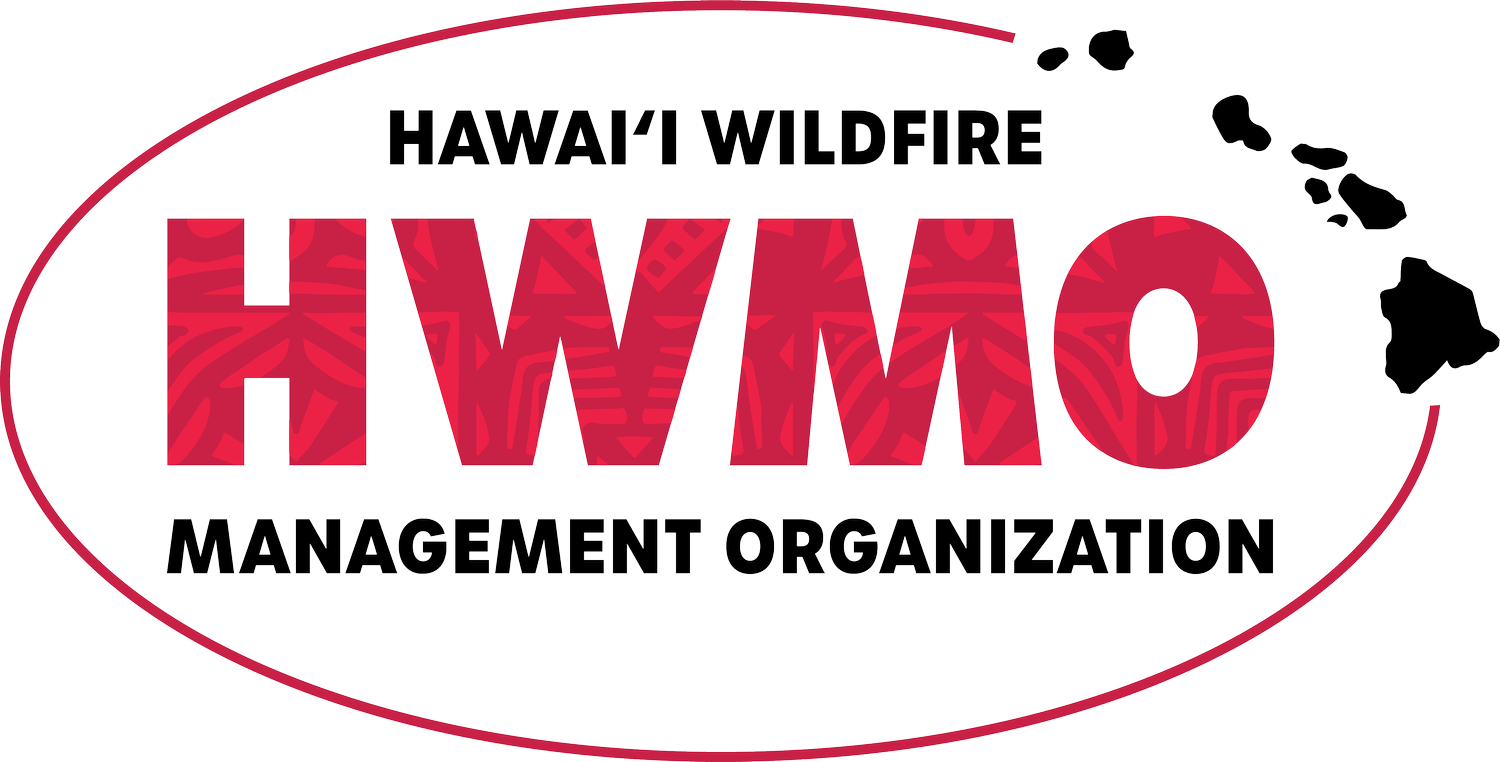After Years of Drought, Wildfires Rage in California
Screen capture from New York Times.
This interactive news piece (graphs, maps, photos, and gifs) offers some eye-popping insight into the impacts of drought on wildfire frequency and severity.
"He described how fire – in such arid conditions – climbed quickly up mountain ridges and spread vertically, going from the grasses at ground level to smaller branches that act as ladders to the bodies of dry trees.
Dead trees were, in part, what allowed the fire to keep going. And they can be found all over California...
A study from the University of California, Merced, has shown that fire seasons in the West, including California, are, on average, 86 days longer than they were in the 1970s.
'Southern California has a 12-month fire season now,' said Scott L. Stephens, a professor of fire science at the University of California, Berkeley. 'You can have a fire there at any time.'”


















